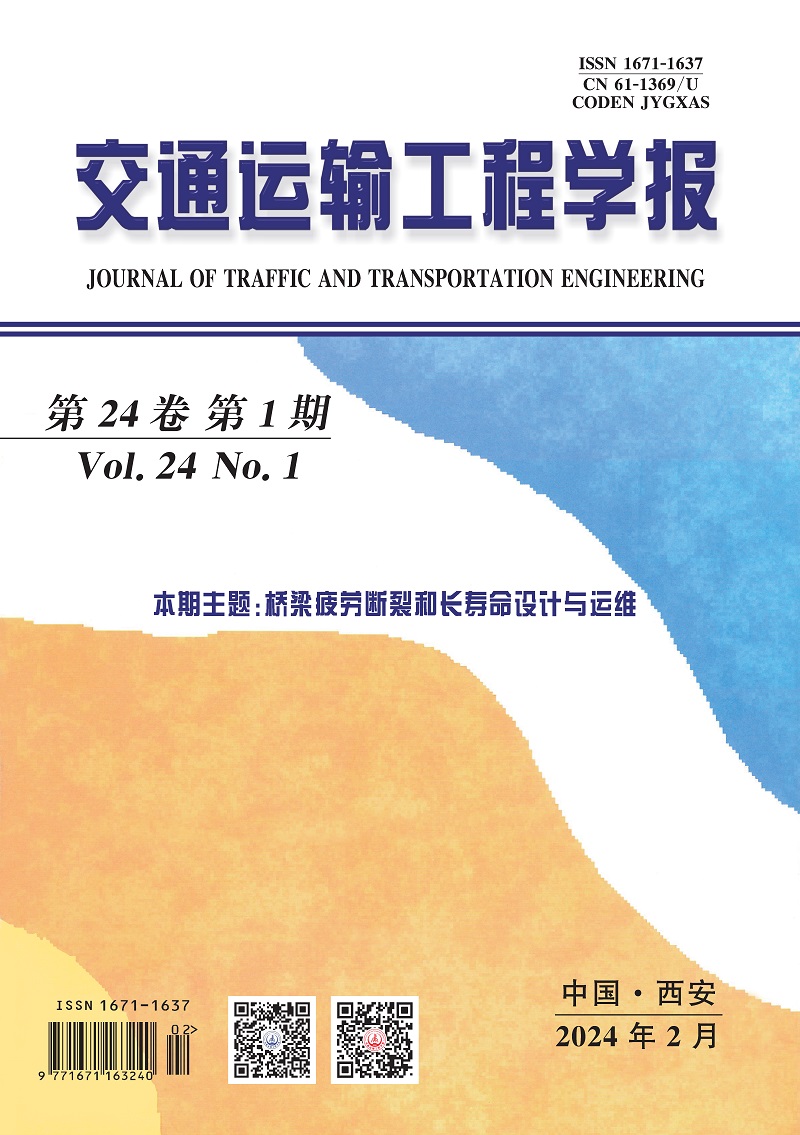2017 Vol. 17, No. 4
Display Method:
Abstract:
2017, 17(4): 1-8.
Abstract:
2017, 17(4): 9-19.
Abstract:
2017, 17(4): 20-31.
Abstract:
2017, 17(4): 32-44.
Mechanical property of hinged voided slab with perforated steel plates at bottom of junction surface
Abstract:
2017, 17(4): 45-54.
Abstract:
2017, 17(4): 55-65.
Abstract:
2017, 17(4): 66-77.
Abstract:
2017, 17(4): 78-88.
Abstract:
2017, 17(4): 89-97.
Abstract:
2017, 17(4): 98-105.
Abstract:
2017, 17(4): 106-112.
Abstract:
2017, 17(4): 113-121.
Abstract:
2017, 17(4): 122-129.
Abstract:
2017, 17(4): 130-139.
Abstract:
2017, 17(4): 140-148.
Abstract:
2017, 17(4): 149-158.




